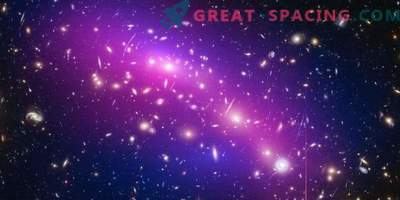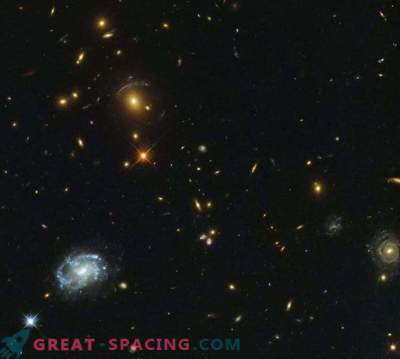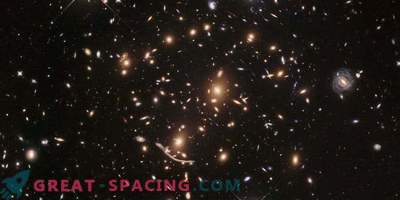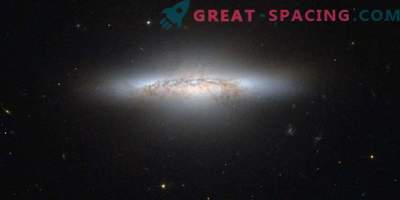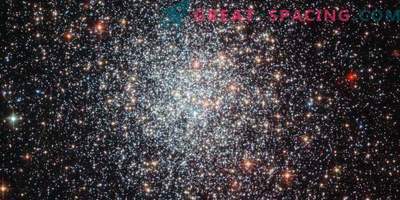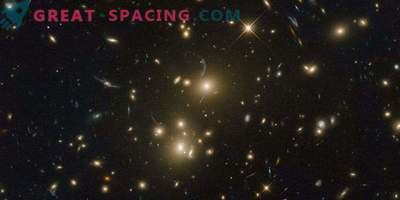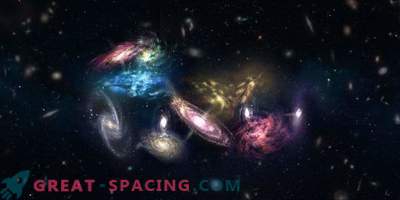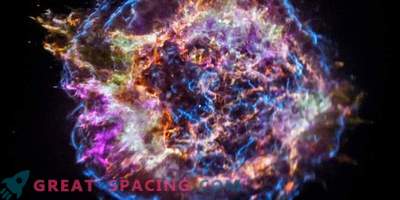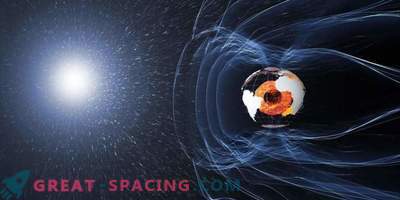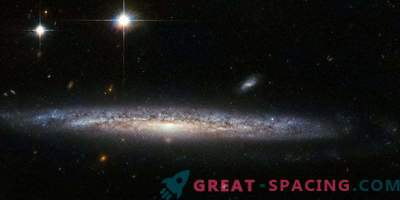
X-ray image of 365 galactic clusters in XXL Survey
Scanning the sky in search of X-ray sources, the XMM-Newton ESA X-ray Observatory conducted the XXL Survey, the largest observation program to date. Recently released the second batch of data from the review, including information on 365 galactic clusters, which traced the large-scale structure of the Universe and its evolutionary stages in time with 26,000 active galactic nuclei (AGN).
By studying two large celestial parts with heightened sensitivity, this X-ray survey was the first to detect enough galactic clusters and AGNs, so that scientists could display the distribution of such objects in the distant Universe in unprecedented detail. The results reinforced the expectations of the cosmological model now adopted.
X-rays are created in one of the most energetic processes in the Universe. However, they are blocked by the earth's atmosphere, so you can only watch events from space. When viewed, telescopes basically fix two sources: hot gas penetrating galactic clusters, and active galactic nuclei (AGN) - bright compact areas in the centers of some galaxies hiding the feeding supermassive black hole.
XMM-Newton from ESA is considered one of the most powerful X-ray telescopes. Over the past 8 years, he has spent 2,000 hours of work on measuring X-rays within the XXL Survey, where he looked at two areas of apparent empty sky (25 square degrees each). The first data set released in 2015. It included the 100 brightest galaxy clusters and 1000 AGN. The study showed that X-ray clusters are so distant that the light went to us at half the age of the modern Universe, and AGN live even farther! Some sources are so remote that the telescope received from them no more than 50 X-ray photons, which makes it difficult to determine their true nature.

A composite view of the XLSSC006 galactic cluster, created by combining X-ray observations from the XMM-Newton space observatory with optical and near-infrared data from the Canada-France-Hawaii telescope. The cluster, endowed with a red shift of 0.43 and a mass of 5 x 1014 solar, has two dominant galaxies, which indicates a fusion event
Matter in the Universe is unevenly distributed, but forms a cosmic filiform web formed by gravity and galactic clusters. The latter are considered the largest structures of space that track the peaks of maximum density. Due to this, they become a powerful tool for answering intriguing cosmological questions.
The structure and evolution of space are described by a set of cosmological parameters, including the density of various components and the rate of expansion of the Universe. Now we have sufficiently accurate indicators, but for a more detailed description of the universal structure it is necessary to cover large scales. The ultimate goal of XXL Survey is to provide an extensive and detailed catalog of clusters that can be used to limit cosmological parameters.
The ESA satellite, Planck, determined the values of cosmological parameters by examining relic radiation - data from the very early Universe. After receiving information from XXL Survey, the researchers compared these values. It turns out that the distribution of clusters and AGN is consistent with the generally accepted cosmological model, which resorts to the Einstein constant as an explanation for the accelerating expansion of the Universe. AGN is difficult to use for evaluation, because their characteristics are influenced by many external factors. Therefore, researchers used AGN data from XXL Survey to understand the process of formation and development of black holes.
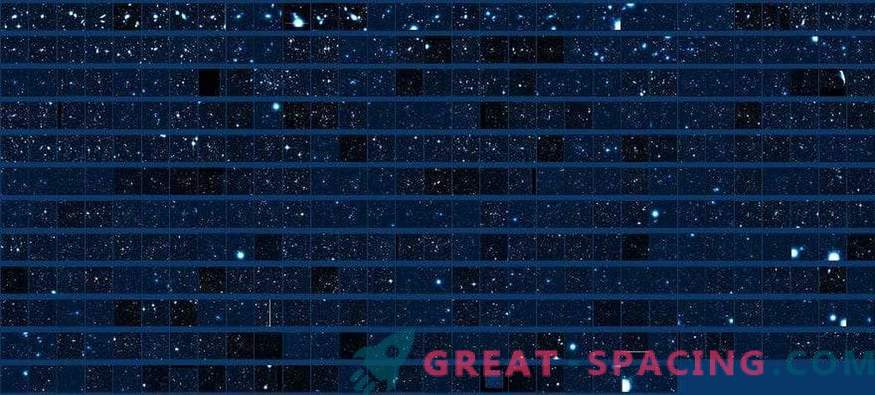
The mosaic demonstrates 365 XXL Survey galactic clusters in the optical data of the wavelengths of the Canada-France-Hawaii telescope and the Blanco telescope of the Cerro Tololo International Observatory. The clusters are ordered far away from us, starting from the closest ones with a redshift of 0.03 (top left) and ending at the most distant ones, at 1.99
Thanks to XXL Survey, scientists were able to measure for the first time the effect of the three-dimensional formation of distant clusters and AGN on an extremely large scale. For further exploration of cosmic filaments, they plan to use the future satellite Euclid, which will be able to observe the light emitted 10 billion years ago.
Reviews from XMM-Newton also raised new questions about the physics of galactic clusters, which are planning to study in detail the next ESA Athena mission in 2031. The device will be able to observe even more distant clusters, providing more information about the universal evolution.
